
Of course what we call the 'family name' or 'surname' is the one that reaches back to our ancestors, and most people know that a Smith is probably descended from someone who shod horses, as a Black probably had an ancestor with dark hair or perhaps swarthy skin. Both are family names given in order to differentiate people. But many surnames are more obscure: how many Brits know for instance that their current PM, David Cameron, has a surname which tells a Gaelic speaker that his ancestor had a crooked nose ('cam sròn')? And exactly what kind of ancestor was a Miliband or a Clegg? Given names or first names are generally just as obscure. Most of us know that Peter (and its European cousins Pedro, Pierre, Pyotr, etc) is supposed to signify a rock, from the Bible, but what do John, Joan or David mean?
Most hill names, however, are harder to understand. Take Harter Fell in the Lakes. Fell is a word from Old Norse (ON) - 'fjall' meaning 'mountain' - which has passed into English in the north-west, where the Norse settled. Harter is from ON, too - 'hjartar' meaning 'stag' - which has passed into English as 'hart', but in this example retains the ON '–ar' ending, showing that ON was the spoken language when the hill was named. Hart Fell, over the Scottish border near Moffat, means exactly the same, but the name is in a more regular English form, since the ON suffix has gone.
But what about Scafell, which seems to contain the 'fell' word, but wrapped into a single name with something else? In the study of all place names, hills included, we must always look for the oldest form, as it will be closest to the original meaning. The oldest written record of Scafell that we have is 'Skallfeild' in 1578, which Diana Whaley ('A Dictionary of Lake District Place-Names') analyses as ON 'skalli' + 'fjall' - 'bald head fell', in the sense of bare or stony.
So far, so simple - but what about nearby Blencathra, also known as Saddleback? Two languages are involved here, neither of them ON, and the second one in English – describing its shape as a concave ridge - is not a translation of the first. Blencathra is from a dead language we call Brittonic (akin to Welsh), and the components are 'blaen' meaning 'top', and 'cadeir' meaning 'seat'. So, unlike Harter Fell or Scafell, in which most of us can understand at least the surname part because 'fjall' has crossed into English as 'fell', all of Blencathra's meaning is hidden from most of us, apart from Welsh speakers who may recognise the elements that compose it.
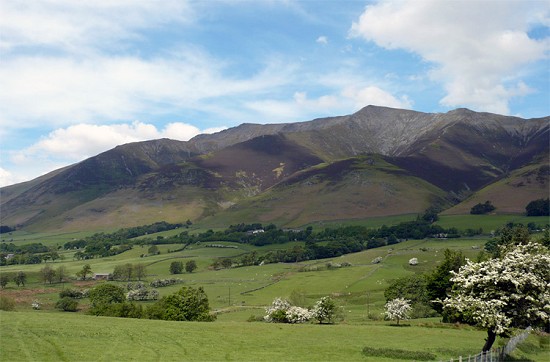
Before we move north to Scotland, a point about languages' name order. In Germanic languages – German, Norse, English, Scots – the normal order is given name followed by family name, or in place name jargon 'specific' then 'generic', where generic tells you what kind of object (or hill) it is, and specific tells you what distinctive features it has. In Romantic and Celtic languages (French, Italian, etc, and Welsh, Gaelic), the order is usually reversed, with generic first, specific second. Thus the Swiss German peak the Weisshorn and the French Mont Blanc both mean the same, except the first is 'white peak' and the second is 'peak white'. The Welsh example just considered has 'moel', a common generic meaning 'bare hill', first. Its Scottish Gaelic cousins 'maol' (also meaning 'bare hill') and the very common 'meall' ('lumpy hill'), also come before the specific in hill names, for example: Maol Donn, 'brown hill', and Meall Dubh, 'black hill'.
Common Gaelic hill name elements
- beinn, ben = large mountain
- sgùrr = rocky mountain
- meall = lump, shapeless hill
- càrn = rounded hill (in East)
- stob = pointed peak (in West)
- dubh = black, dark
- dearg = red
- buidhe = yellow
- gorm = blue
- liath = grey
Lochnagar, a mountain made famous by Byron's poem, has a name that even a non-Gaelic speaker will realise is a bit of a curiosity, being named after a loch or lake: it comes from 'loch na gàire' - 'the lake of noise' (from the burn clattering out of it). But it had a previous, real mountain name, as Beinn Cìochan, ''mountain of breasts or nipples', referring to the mammary-like granite tors on the summit. Although the loch's name had begun to replace the summit's name in the 18th century, Queen Victoria's purchase of Balmoral estate below would set a royal seal on using the 'loch' name, rather than the earthy original, in the 19th century.
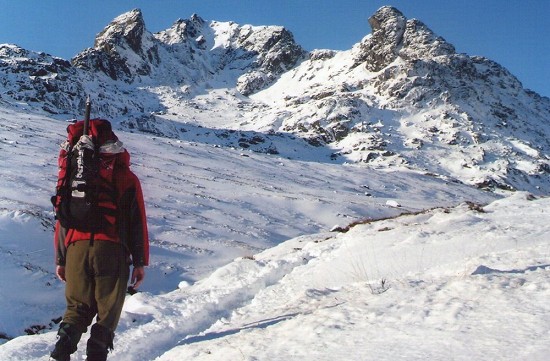
But to return finally to the 'John Smith question'. Even with a huge range of family names and given names, we all know two or more people of the same name, and most of us have Googled to find our namesakes. That's not a problem unless they share our space – our street, or work, or whatever. If they do share that space, we often create nicknames or identifying characteristics to add to the name, such as Old JS, or JS from accounts, or JS from number 15.
Most hill names also occur more than once. There is another Harter Fell in the Lakes, about 30 km away from the one we named earlier – but Scotland is where real duplication occurs. There are, for instance, around 60 peaks each with the names Beinn Bhreac ('speckled mountain') or Càrn Mòr ('big hill'), and very few mountains have a unique name. Unlike humans, hills don't move around, and so names like 'big hill', given by the locals in one part, never need to meet their namesakes in other glens, and be confused with them. There's only one Lady Gaga, and only one Ben Nevis: but for most hills, and most of us, we have to share the world with our namesakes.
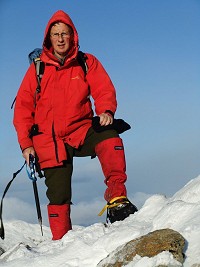
About Peter Drummond
Peter Drummond has been climbing hills for nearly 50 years. He has done all the Munros and Corbetts, as well as the Donalds, and has climbed abroad in many parts of Europe, as well as Australia, USA and north Africa.
Pete is the author of Scottish Hill Names and the book details are as follows:
Scottish Hill Names, 2007, Scottish Mountaineering Trust, Glasgow
ISBN 9780907521952
RRP £15

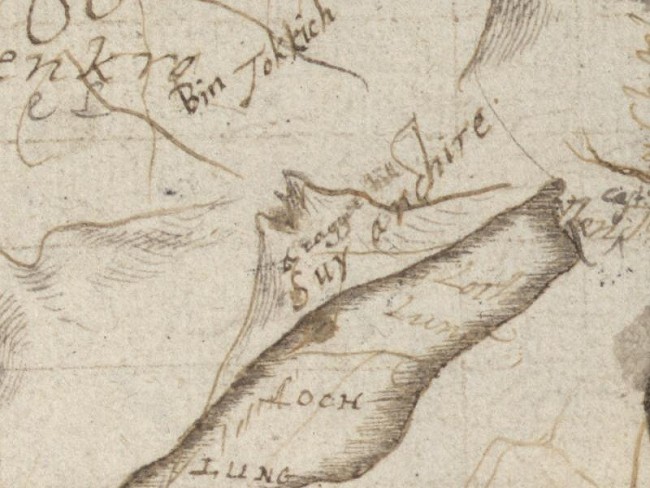

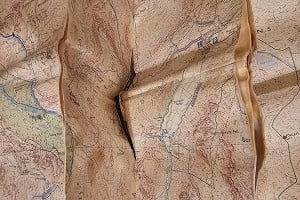
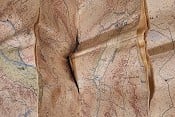


Comments